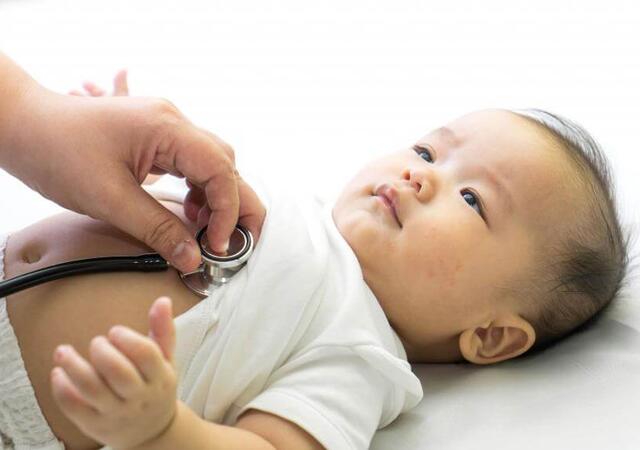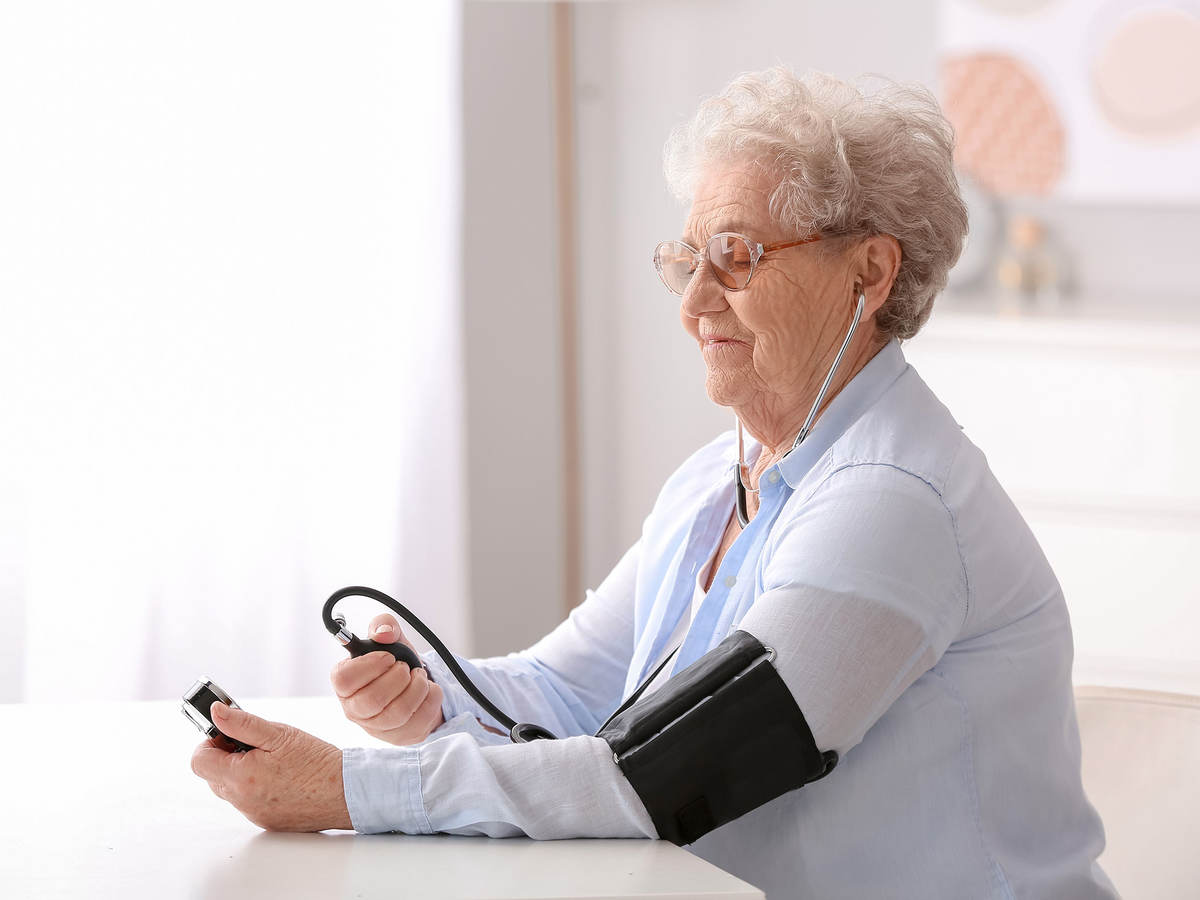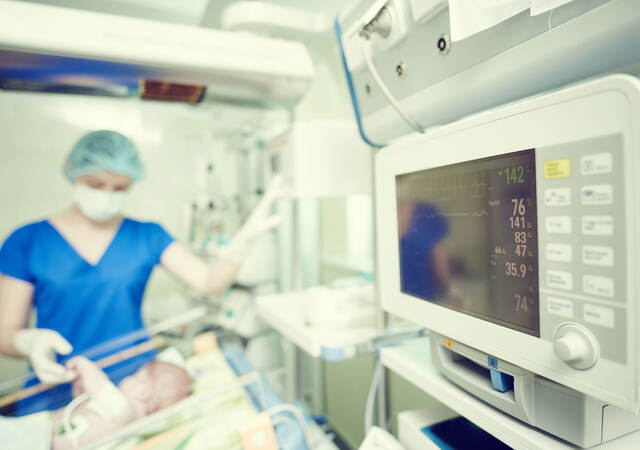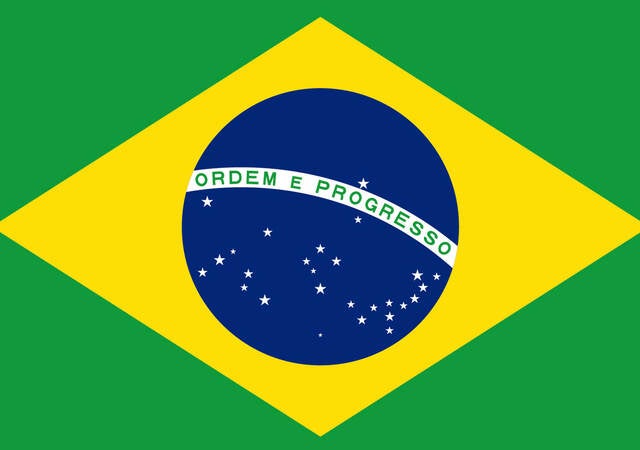July 15, 2025
By Pedro Omar Sánchez Neri
On July 7, COFEPRIS published an update to the list of low-risk and deregulated devices, the first in 11 years. The previous Agreement of 22 December 2014 only included a list of deregulated devices, expanding on the low-risk device list from the prior Agreement of 31 December 2011.
The new agreement consolidates and specifies applicable regulations in three annexes: low-risk devices that require registration, low-risk devices that require compliance with Good Manufacturing Practices (GMPs), and products not considered medical devices.
Annex one
Annex one provides a list of medical devices considered low-risk that require sanitary registration for commercialization.
The registration requirements include:
- Operation’s notice of the registration holder
- Label design
- Instructions for use in Spanish
- Application form
- Technical information:
- Indications for use
- Description
- Sales presentation
- Formulation (where applicable)
- Letter of representation from the manufacturer to the registration holder*
- Proof of payment of fees
*Applicable to foreign manufacturers when they’re not the parent company of the entity requesting registration in Mexico.
COFEPRIS is expected to release preventions (i.e., request for additional information) for these registration requests in a shorter timeframe (10-15 days), with the possibility of an additional 10-day extension.
The agreement states that reviews for these registration applications will be resolved within a maximum of twenty business days, but timelines are likely to extend beyond this.
Annex two
Annex two includes the list of medical devices considered low-risk, subject to compliance with the Good Manufacturing Practices (GMPs) and technovigilance. These devices do not require sanitary registration.
Although imported medical devices under Annex two will need an import permit to be commercialized in Mexico, the importer will be asked at customs to present a declaration under oath stating that the product corresponds to Annex two and complies with GMP and technovigilance requirements. The importer will require an Operations Notice and a Health Manager (Responsable Sanitario).
Annex three
Annex three contains the list of products that are not considered medical devices as they do not fall within the medical device categories established in the General Health Law. These devices are henceforth exempt from obtaining health authorizations such as sanitary registration and import permits for their manufacture and commercialization.
It is worth noting that this list continues to include software, provided it is part of a medical device or system and will be registered alongside the corresponding medical device or system.
Scrub caps and reflex hammers are now low-risk
This agreement delivers a long-awaited update to the regulation of low-risk devices, along with a much-needed revision of the list. Several new items were added to the low-risk list of devices (Annex one), while others were removed and are now under Annex two. Some additions to Annex one include nasal auto-inflation devices, kinesiology tape, reflex hammers and scrub caps, while all microscopes (surgical, optical for ophthalmology, etc.) were transferred to Annex two.
Mass spectrometers were transferred from the list of deregulated devices to Annex two, which makes them subject to compliance with GMPs and technovigilance.
Our team at Emergo by UL can guide you on the regulatory pathway for products affected by these updates, as well as continue to serve as the representative in Mexico for the Annex one low-risk devices.
Pedro Omar Sánchez Neri is a Consulting Manager, Mexico at Emergo by UL.
Request more information from our specialists
Thanks for your interest in our products and services. Let's collect some information so we can connect you with the right person.







